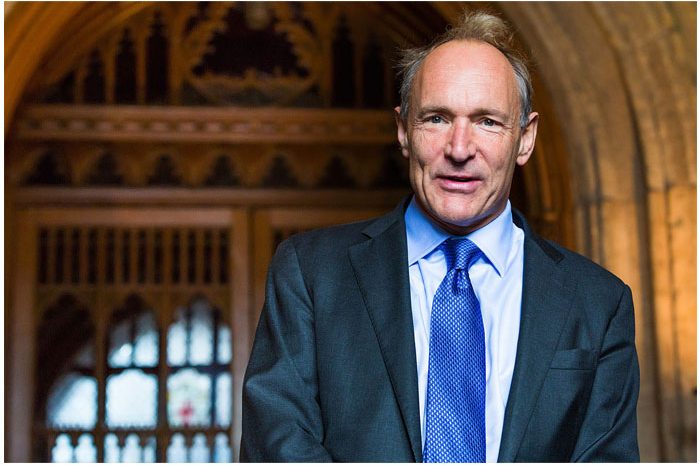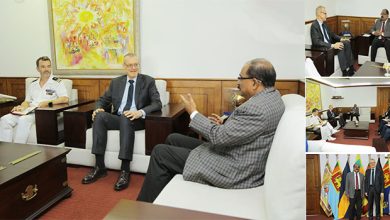Tim Berners-Lee and the Web That Connected the World

From a humble proposal at CERN to a platform linking billions worldwide, the World Wide Web transformed how we learn, communicate, and connect.
A Quiet Revolution in Geneva
Before social media and instant messaging, a quiet revolution was taking place at CERN, the European Organization for Nuclear Research. A young software engineer, Tim Berners-Lee, identified a pressing problem: scientists around the world needed to share research findings, yet the available tools were slow and inconsistent. Communication was fragmented, and valuable data often travelled painstakingly from one laboratory to another.
The Birth of the World Wide Web
On 12 March 1989, Berners-Lee proposed a visionary solution: a global network of information combining hypertext with the Internet. While the Internet existed as a technical tool for universities and corporations, Berners-Lee’s idea made it universally accessible, enabling anyone with an Internet connection to find and share information easily.
This vision became a reality on 6 August 1991, when Berners-Lee launched the first website, http://info.cern.ch. Though simple by today’s standards, it provided the first browser and editor, allowing people to create their own web pages. From this modest beginning, a platform emerged that would transform communication, learning, and creativity worldwide.
Browsers and Rapid Growth
The Web gained popularity with Mosaic, the first graphical browser, which allowed users to navigate using “point-and-click” actions. Shortly afterwards, Netscape Navigator brought the Web into homes and offices across the globe. By the mid-1990s, millions of people were logging in daily, and the Internet was becoming an integral part of modern life.
The Web’s Impact on Society
The Web has revolutionised how we learn, work, and connect. In Sri Lanka, it has enabled digital education, connected entrepreneurs to global markets, and allowed communities to communicate instantly. Social media, online marketplaces, digital banking, and entertainment platforms all trace their origins to Berners-Lee’s innovation. What began as a tool for scientists has become an invisible thread connecting humanity.
A Legacy Built on Vision and Collaboration
Berners-Lee emphasised that technology should serve real-world needs, not create an alternate world in which to escape. The World Wide Web built upon decades of prior innovations: from the first digital computers of the 1940s to ARPANET in the 1960s and 1970s, and the rise of personal computers in the 1970s. The Web unified these advances, connecting people and knowledge across the globe.
Milestones Along the Web’s Journey
-
1940s – The First Digital Computers: Machines like ENIAC performed rapid calculations and laid the foundation for modern computing.
-
1960s – ARPANET: The precursor to the Internet allowed computers to exchange information over long distances.
-
1970s – Personal Computers: Computers became accessible for home and office use, setting the stage for widespread connectivity.
-
1989 – The Web Proposal: Tim Berners-Lee presented his vision for a global hypertext network at CERN.
-
1991 – First Website: The inaugural website introduced the Web and basic tools for content creation.
-
1993–1994 – Graphical Browsers: Mosaic and Netscape Navigator made the Web user-friendly and widely accessible.
-
Mid-1990s – Global Adoption: Millions worldwide began using the Web daily, ushering in the digital era.
From a modest laboratory in Geneva to homes and offices in Colombo and beyond, the Web demonstrates the power of imagination and collaboration. Tim Berners-Lee’s creation is not another world—it is a tool, a bridge, and a thread connecting billions of people. Its journey reminds us that even a simple idea, nurtured with vision and perseverance, can reshape the way humanity interacts, learns, and shares knowledge.






